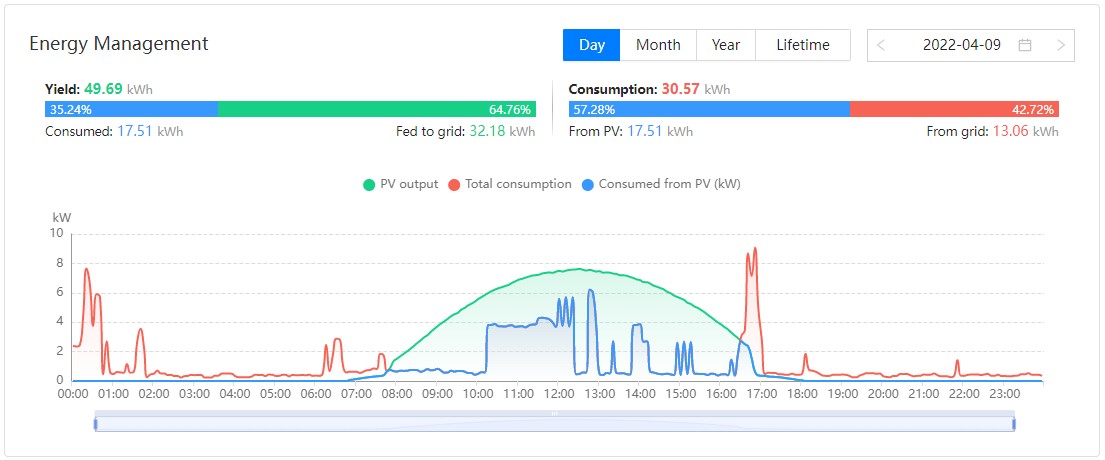CrazyM:Thanks for your reply. A bit to unpack there as I now realise the two examples I asked about weren't comparable.
HarmLessSolutions:
One question that was asked on another forum was from someone who had "3 phase power and a 3 phase 10kW inverter, but the car only charges off 1 phase. So what's the economy there? I admit to being a bit confused." Is this going to be the same as my situation of feeding into just one phase and if so how will this affect metering? We're billed for just one import quantity despite having 3 phase supply so if the demand on each phase is different are these just totalled to calculate usage?
You are correct in that NZ does not have net metering, so you can be selling power on 2 phases at 8c/Kwh while simultaneously buying on the other phase at 30c/kwh (for example). Makes it harder to self-consume your solar generation and it makes adding batteries even less cost-effective.
Almost no 3 phase inverters will output an unbalanced load (i.e supply power to the phases with the most load). The only examples I know of are the Goodwe ET and the Solax X3 Hybrid. Everything else just evenly distributes your solar generation down all 3 phases. And even with those models the most they can 'unbalance' is 1/3rd of their maximum output (e.g. on the 10kW Goodwe the maximum it can send down one phase is 3.3kW; for example it can split 6kW of generation 3kW/1kW/2kW but it could not split 10kW of generation 6kW/3kW/1kW)
Your answer relates to the 3 phase inverter feeding a single phase EV charger which I can relate to but in our situation we have a single phase 5kW inverter feeding into one of the 3 (incoming?) phases we have here.
The PV generation therefore all goes down one phase and we have transferred as much daytime use circuits as we can, without risking demand above the 63 amp pole fuse. In doing so we are also essentially helping balance our otherwise uneven load between phases as long as we are generating and thereby reducing load on that phase due to our self consumption. Also worth baring in mind that our HWC will virtually never need to draw from grid supply due to the Paladin's efforts.
This seems to be what is happening as by monitoring our grid import/export data as displayed on the Paladin (which monitors the house flow by way of a CT clamp) we can see, for example, export decrease by ~3.3kW when the (7kW) EV charger is turned on to charge our Leaf which has a 3.3kW max. AC charge input.
Am I assuming correctly in regard to how we are benefitting from our PV generation? If not how could we better configure our set-up?




